Maritime Workers and Mesothelioma
Military and commercial ships often contain products made with asbestos. For decades, manufacturers used this dangerous material to produce machinery and parts for the maritime industry. Asbestos exposure can cause serious illnesses, including a rare cancer form known as mesothelioma.


Maritime workers and members of the Navy play a vital role in protecting their country and helping the supply chain run smoothly. Unfortunately, building, operating, and repairing ships also can threaten workers’ safety and cause permanent health damage.
Many ship materials contain asbestos, a carcinogen popular in manufacturing throughout much of the 20th century. This material can cause serious and potentially fatal illnesses, including mesothelioma. Berman Oslund Udo Little is dedicated to protecting the rights of workers exposed to asbestos. Thus, we offer this information about the risks past and present maritime industry workers face from asbestos exposure.
Maritime Workers and Asbestos
Until the 1980s, manufacturers commonly used asbestos in construction materials and machinery for commercial and military ships. Navy veterans, shipyard workers, and crew members who helped build, maintain, and load these vessels often encountered asbestos as they performed their duties.
Asbestos fibers can remain in a person’s lungs for years or decades, causing significant scarring and inflammation. This damage may eventually develop into a more serious illness, such as mesothelioma, a form of cancer that affects the lungs.
People with mesothelioma experience shortness of breath, coughing, pain, and sometimes respiratory failure. Studies show that ship and shipyard workers have some of the highest mortality rates among all mesothelioma patients because of their heavy exposure.
Besides mesothelioma, maritime workers may also experience other health issues, including:
- Asbestosis
- Lung Cancer
- Cancer of the digestive organs, such as the colon
- Cancer of the ovaries
Although the effects of these illnesses are often severe, they usually don’t appear immediately. According to the Mayo Clinic, victims might live between 20 and 60 years before their mesothelioma or other asbestos-related symptoms develop.

How Are Ship Workers Exposed to Asbestos?
Asbestos was practically everywhere on ships and shipyards, including in the cargo, machinery, floors, and walls. Until regulators intervened, many industry workers faced regular and extended exposure with devastating effects.
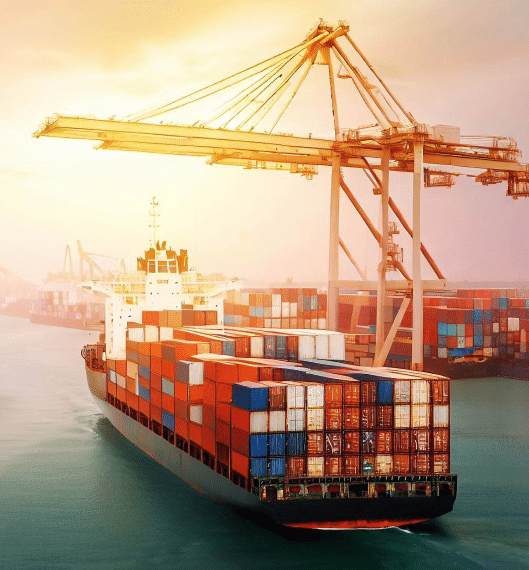
Asbestos Products in the Maritime Industry
Because of its heat resistance, manufacturers used asbestos in an array of products on ships, where even small fires can mean disaster. Some of the products that contained asbestos include:
- Insulation for boilers, steam pipes, and hot water pipes
- Gaskets and valves
- Paint, adhesives, plaster, and cement
- Bulkhead systems and panels
- Electrical coils
- Brakes
- Vinyl tile in decking and flooring
- Engine room machinery
Many workers touched these materials while constructing ships or performing maintenance and repairs. Workers who loaded, unloaded, and transported cargo also risked exposure to the materials.
Types of Maritime Jobs that Are at Risk
Unfortunately, anyone who has worked in the maritime industry may have encountered asbestos. However, exposure is especially prevalent for people in certain roles.
Shipyard Workers
Workers of every kind can come across asbestos in shipyards, even if they never stepped onto a boat. If they’re involved in constructing ships or performing maintenance or repairs, they may inhale asbestos fibers as they work on the floors, walls, and machinery. Likewise, shipyard workers who load or unload materials and parts containing asbestos might inhale fibers on the contents or the wrapping materials.
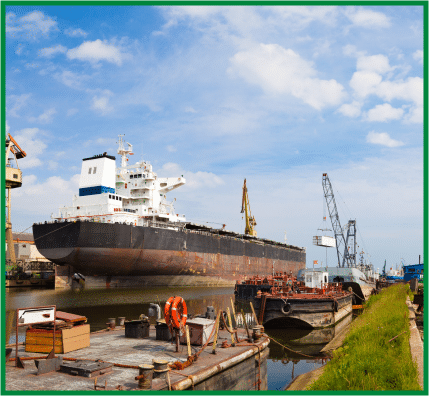
Ship Maintenance
Ship workers, including welders, pipefitters, and engine room workers, often handle and use products containing asbestos. They operate, maintain, and repair different vessel parts and work in enclosed areas with poor ventilation. Materials containing asbestos include insulation, paint, and plaster. When these materials are disturbed, the harmful fibers become airborne, and workers can inhale them.
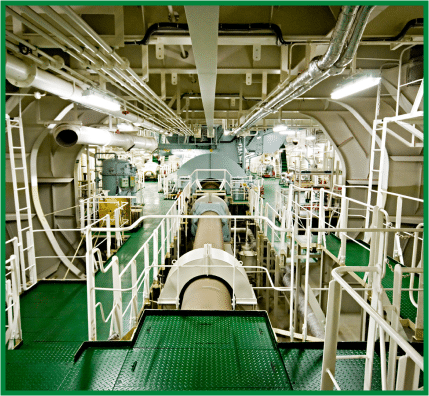
Navy Personnel
Navy members spend weeks or months confined to their ships, leaving them at an extremely high risk of asbestos exposure. Sailors working in engine and boiler rooms are among the most vulnerable. However, all Navy personnel could touch asbestos-containing products or structures at sea.
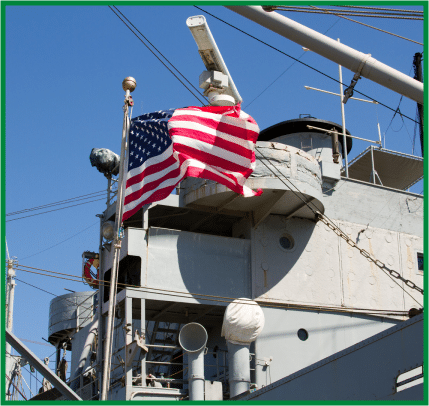
Longshoremen
Longshoremen and dock workers are responsible for loading and unloading ships, putting them near machinery and structures that might contain asbestos. Insulation, turbines, and electrical cables are some of the items that pose dangers. In the past, asbestos also was often present in the cargo handled by longshoremen.
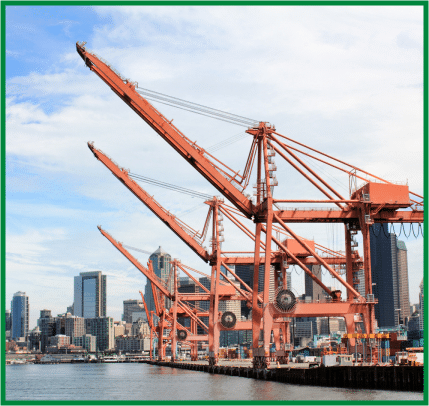
Merchant Marines
As with other ships, builders used asbestos-containing materials to construct Merchant Marine vessels. These ships transport cargo and passengers constantly and are responsible for nearly all the goods and products we use everyday. Workers who constructed, repaired, and operated on these ships may become sick from asbestos exposure as well.
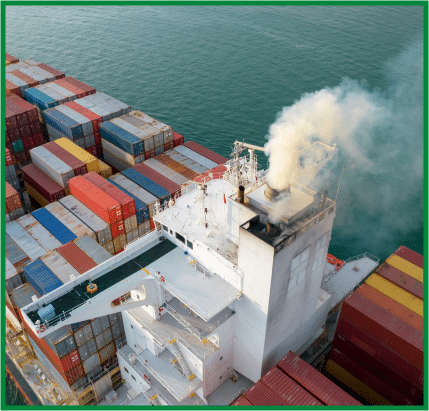
Secondary Asbestos Exposure to Family Members
One of the most tragic aspects of maritime industry asbestos exposure is its potential impact on workers’ family members. Secondary asbestos exposure occurs when people who work in an environment with asbestos unknowingly bring the fibers home on their clothing, skin, and hair. Their loved ones might inhale these fibers and become ill with mesothelioma, lung cancer or other asbestos-related diseases.
Health and Safety Regulations in the Maritime Industry
The use of asbestos in ships was unchecked for decades until government agencies and regulatory bodies worldwide finally intervened in the 1970s. The International Convention for the Safety of Life at Sea of 1974 is one of the most significant regulations because it limited and later prohibited asbestos-containing products and materials on all vessels.
In the United States, the Occupational Safety and Health Administration and the Environmental Protection Agency also have implemented rules and standards for asbestos in the maritime industry. Although the government has not completely banned the use of the mineral, it’s generally illegal for new vessels to contain materials or products made with asbestos.
Regulators may no longer allow asbestos in shipbuilding, but that doesn’t mean the danger is gone. For example, exposure is still possible for sailors who spend extended periods living and working on older ships where asbestos is still present.
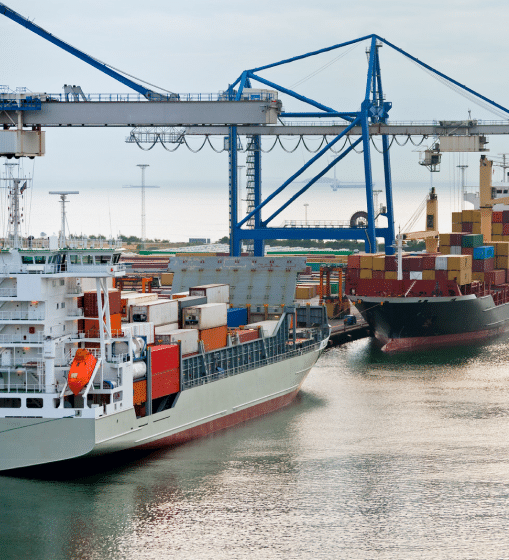
Legal Implications of Developing
Mesothelioma as a Maritime Worker
Maritime industry manufacturers were aware of the dangers of asbestos for many years before they stopped using it. Asbestos-exposure victims can hold these companies accountable for reckless and negligent behavior that ultimately affected the health of thousands of workers.
If you’ve become ill from asbestos, you deserve support and compensation. Patients with mesothelioma and other asbestos-related diseases can seek a legal settlement from the asbestos manufacturers responsible for creating and distributing these dangerous products.
Spreading Awareness for Maritime Workers
Whether someone worked in the maritime industry 50 years ago, is currently employed on a ship, or plans to become a sailor, they must know about the dangers of asbestos. When workers understand the potentially deadly effects of asbestos, they can take a more proactive approach to protecting themselves and monitoring their health.
Additionally, workers who have already developed mesothelioma or another asbestos-related illness should know their legal options. We encourage you to share this guide with anyone who might have been exposed to asbestos or who might later come into contact with it.

